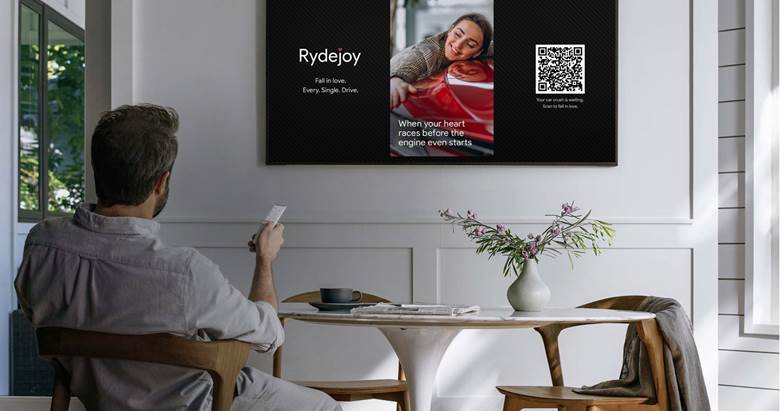Unlicensed devices pose interference threat to DTV, says Hubbard
In a written statement presented to the Senate Commerce Committee March 14, Robert Hubbard, president and CEO of Hubbard Broadcasting, told members that efforts to allow unlicensed devices into “allegedly” unused broadcast channels threatens interference to 73 million television sets and do harm to consumer acceptance of DTV receivers and digital-to-analog set-top boxes.
Making his comments on behalf of the Association of Maximum Service Television, Hubbard said it would be premature to make any move to allow such devices to be used before the FCC and IEEE 802.22. The working group on wireless regional area networks determine “whether, and if so, how” they could enter the band without degrading free, over-the-air television service.
According to Hubbard, proposals requiring the FCC to allow unlicensed devices into the broadcast spectrum within as little as six months “would short change the scientific discovery process, short circuit the IEEE’s important work and would wrongly prejudge complicated engineering questions.”
One of the association’s chief concerns, according to Hubbard, is the lack of a method to “prevent or even remedy interference” from such devices to television broadcast signals and “wireless microphones” that are used in the production of emergency news coverage, sporting events and political conventions.
According to Hubbard the “much vaunted ‘spectrum sensing’” technology envisioned as being able to prevent an unlicensed device from interfering with a broadcast station “has never been built, tested or proven to work in the broadcast band.”
Proponents of unlicensed devices operating in “unused” broadcast spectrum tell policy makers to “trust” that there will not be interference, Hubbard said. “MSTV respectfully submits that the public’s spectrum resource should be managed based on facts and engineering science, not on unsubstantiated promises.”
Hubbard was elected MSTV secretary and treasurer Jan. 30.
The professional video industry's #1 source for news, trends and product and tech information. Sign up below.
To read the statement in its entirety, visit www.mstv.org/docs/hubbard.1.pdf.
